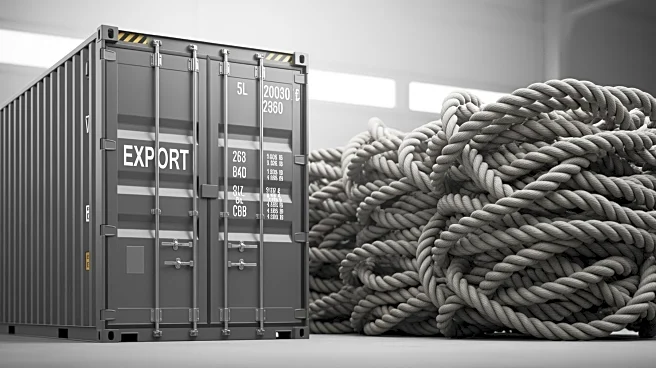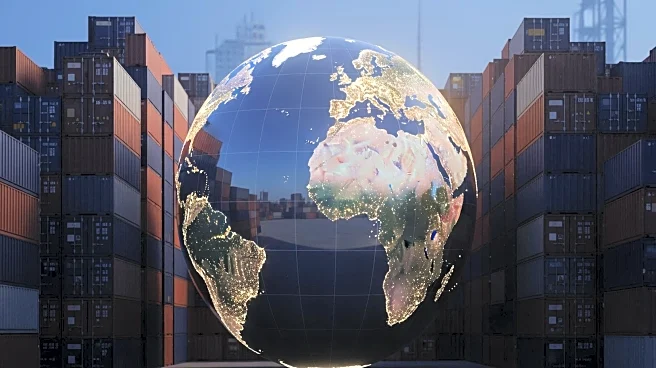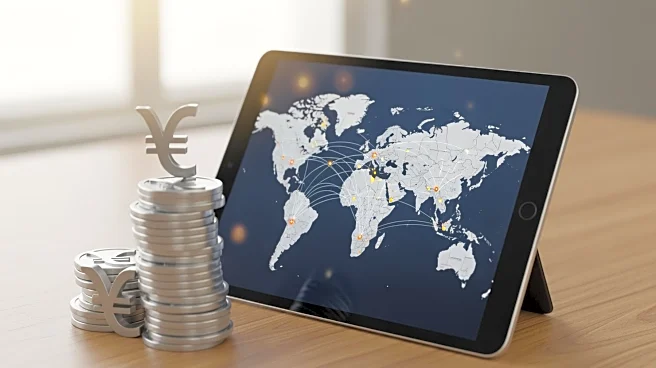What's Happening?
PIE Industrial Bhd's stock fell to its lowest point in over two years following weaker-than-expected financial results. The company's net profit for the January-September period accounted for only 56%
of the consensus full-year results, leading research houses to cut their earnings forecasts. The decline is attributed to shifting customer sentiment and competitive pressures from neighboring countries, particularly under the Vietnam+1 strategy. The US imposed tariffs on Vietnamese and Malaysian exports, causing delays in orders for PIE Industrial. A key customer shifted production to Indonesia, further impacting PIE's orders.
Why It's Important?
The drop in PIE Industrial's stock highlights the challenges faced by electronic manufacturing services firms amid changing trade policies and competitive dynamics. The imposition of US tariffs on exports from Vietnam and Malaysia has created uncertainties, affecting business operations and customer orders. The situation underscores the impact of international trade policies on local industries and the need for companies to adapt to shifting market conditions. PIE Industrial's efforts to pursue new customers and utilize capacity at its Plant 6 could be crucial for its recovery.
What's Next?
PIE Industrial is focusing on securing new server customers and other prospects to boost revenue. The company is preparing its Plant 6 for mass production, which could help lift revenue above RM1 billion. The ongoing trade tensions and tariff adjustments may continue to affect PIE's operations, but strategic initiatives to diversify its customer base and enhance production capabilities could mitigate these challenges.
Beyond the Headlines
The situation with PIE Industrial reflects broader trends in global trade and manufacturing, where companies must navigate complex geopolitical landscapes and adapt to evolving competitive pressures. The focus on industrial decarbonisation and sustainable practices could offer new opportunities for growth and resilience in the face of trade uncertainties.












